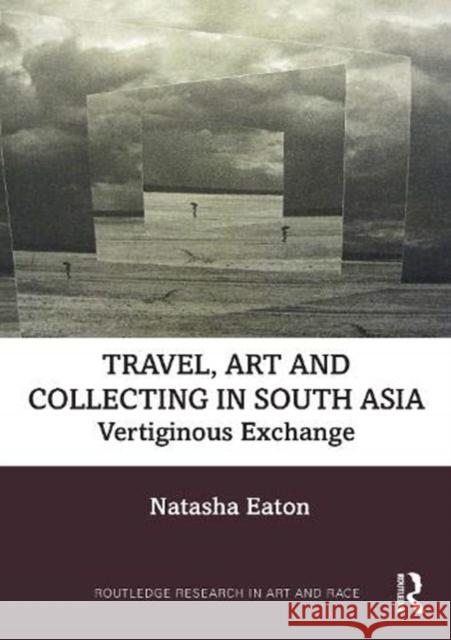Travel, Art and Collecting in South Asia: Vertiginous Exchange » książka
Travel, Art and Collecting in South Asia: Vertiginous Exchange
ISBN-13: 9781409409465 / Angielski / Twarda / 2020 / 220 str.
Travel, Art and Collecting in South Asia: Vertiginous Exchange
ISBN-13: 9781409409465 / Angielski / Twarda / 2020 / 220 str.
(netto: 668,09 VAT: 5%)
Najniższa cena z 30 dni: 654,86
ok. 22 dni roboczych
Bez gwarancji dostawy przed świętami
Darmowa dostawa!
Filling in gaps in a largely neglected cultural period, this study proposes that Mughal and Hindu visuality interrupted and undermined British cultural and administrative hegemony in India. Close examination of the lives of various objects reveals that, as they moved between temples, palaces, the bazaar, museums, private collections, and traveling exhibitions, these objects demonstrated their slippery agency and their ability to slide out of colonial definitions. Even during this most authoritarian epoch of empire, Natasha Eaton shows, there were spaces, places, and objects that raise important questions of overt and more subtle forms of resistance. Against the grain of a historiography that privileges the Imperial Picturesque, this book also focuses on how colonialists, and later Indian nationalists, traveled to collect or to see collections, and how a vernacular tourism was created that shook up the relationship between collecting and travel. From Sufi travel, to missionary collecting practices, to the political and artistic emergency of the 1857-58 Uprising, this volume illuminates the often strange and hybrid collecting practices that emerged in colonial India.











